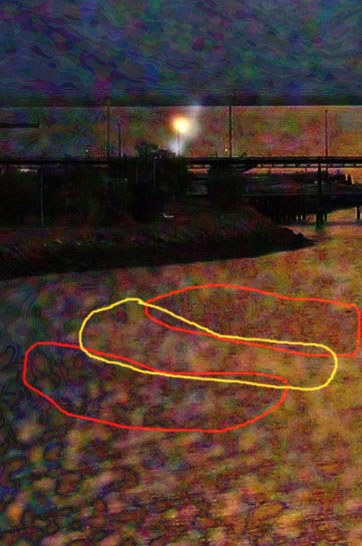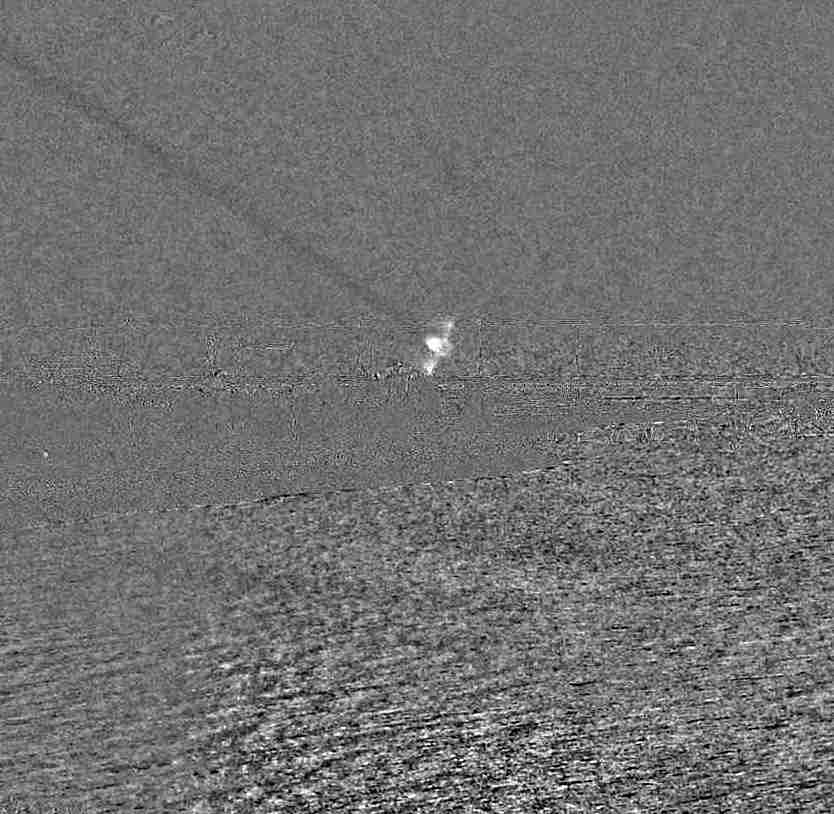Anonymous wrote:Thank you HomeAlOne for your most informative post.
You'll note that in the first sentence of the third paragraph the author makes a distinction that atmospheric drag will cause a reduction of velocity for "most meteorites." I believe what we have here is a meteor of a composition making it an exception to the rule here.
There are documented cases of smaller metallic meteors striking the earth at a velocity that could cause the affects alluded to here.
No, I believe you misunderstand the meaning of the sentence. They state
"Due to atmospheric drag, most meteorites, ranging from a few kilograms up to about 8 tons (7,000 kg), will lose all of their cosmic velocity while still several miles up....Meteoroids of more than about 10 tons (9,000 kg) will retain a portion of their original speed, or cosmic velocity, all the way to the surface....On the very large end of the scale, a meteoroid of 1000 tons (9 x 10^5 kg) would retain about 70% of its cosmic velocity...."
The term "most meteorites" is used in the sense of most meteroites are less than 7,000kg.
I agree that a meteroid with a high proportion of metal will be more likely to survive the stress of transiting the atmosphere, and I agree such a meteoroid will have a lower cross-section for its weight and therefore retain more kinetic energy. but I have seen no calculations that lead me to believe that such a meteroid could impact the Earth's surface at anything other than ballistic speeds (ie purely under the influence of gravity and air resistance) without a) weighing alot and b) vaporising the bulb, lamp, dock, the camera and probably a good portion of Darwin.
Just as a reality check, some 6 - 7% of meteroids are the iron or iron-nickel types. Most meteroids are on elliptical ordits, not hyperbolic, so they most likely originate inside the solar system. Small objects in the solar system are vastly more numerous than large ones, following a power law relating mass to adundance. If this was a fairly common small iron based meteroid behaving in this manner, I would have expected someone to have noticed them before.
The other thing is that air resistance will continue to act on the horizontal component of the meteroid's velocity, acting to produce a more vertical trajectory. The faster your putative meteroid is travelling, the greater the angle from the vertical its trajectory can be. Unfortunately, flattening the trajectory also increases the depth of atmosphere it has to traverse to reach the surface. The photo indicates an approach angle of less than 45 degrees (even assuming its path is not angled towards or away from the camera). So its horizontal velocity component is
greater than its vertical component.
Again, someone could plug in some mass, cross-section and initial velocity numbers to see what combination allows a meteroid to survive entry. That will give you a predicted impact mass and velocity and an idea of the sort of energy that will be deposited upon impact. We can then test that prediction against reality. I'm betting if such an event had occured, the evidence would be more than a puff of smoke and a possible flash.





